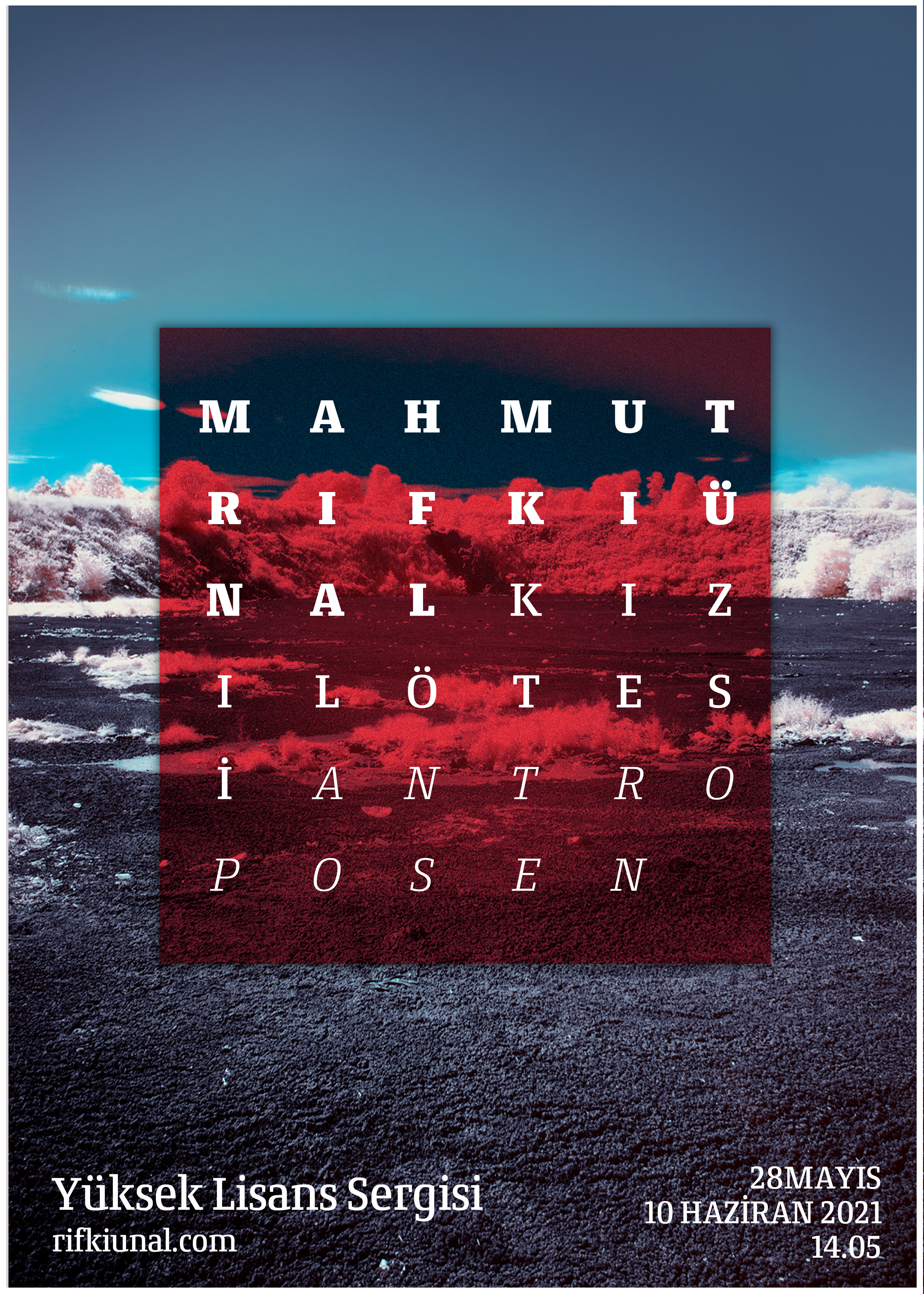8. yüzyılın son çeyreğinde başlayan ve 19. yüzyıl boyunca geniş coğrafyalara yayılan sanayileşme süreci, insan-doğa ilişkisi adına oldukça önemlidir. İnsanın sınırlarını zorladığı bu dönemde yaşamı kolaylaştıran seri üretim ve teknolojik gelişmeler yaygınlaşsa da dezavantaj olarak görülebilecek çok çeşitli sonuçlar doğurmuştur. İnsanın yeryüzüne egemen olmaya çalışması olarak görülen bu durum bilimsel çalışmalarda da yer almaya başlamıştır. 2000 yılında bilim insanları Paul Josef Crutzen ve Eugene Filmore Stoermer, “Nature” isimli dergide yayımladıkları makalede önemli bir düşünce ortaya atmışlardır. Çalışmalarında yeryüzünün değişim sürecine girerek Holosen Çağının sona erdiğini ve artık bu dönemin Yunanca kökenli insan çağı anlamına gelen “Antroposen Çağı” olması gerektiğini savunmuşlardır. İnsanın artık doğaya karşı daha güçlü olduğunu ve geri dönülmesi zor bir değişimin içinde yer aldığını öne sürmüşlerdir.
Bu fotoğraf projesinde insanın kendi kökenleri değiştirecek sonuçlara sebep olduğu süreçlerden örnekler kızılötesi fotoğraf tekniğiyle aktarılmaya çalışılmıştır.
